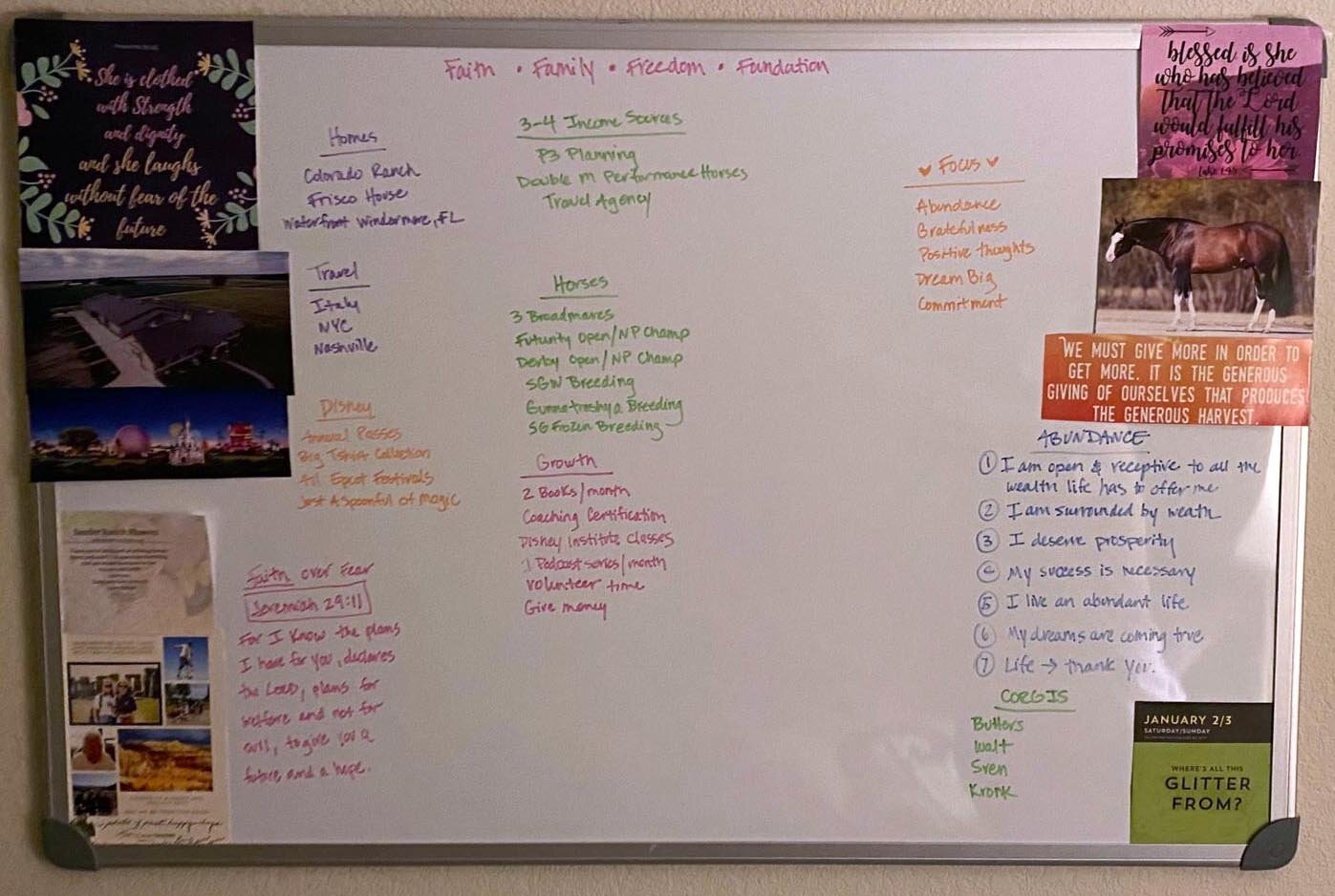As organizations scale from $10M to $500M+, one of the most overlooked, yet critical growth factors is the evolution and growth of the senior leadership team. The job requirements of the COO or Chief People Officer for a company with $500M in revenue are more complex than the job requirements for the same functions when the company has $10M in revenue. The Team that got you where you are can be, but rarely is, the same team that can take you to the next level. That’s not a failure - it’s a natural, but often painful, evolution.
One of a CEO’s core responsibilities is assessing a leader’s ability to grow - in hard and soft skills - at, or faster than the rate the company is growing. A leader’s ability to grow faster than the company is growing means that they have capacity to see, chase and capitalize on opportunities as they arise. Robert Glazier has a great graphic illustrating this concept in the first chapter of his book, Elevate Your Team: Empower Your Team To Reach Their Full Potential and Build A Business That Builds Leaders.
When a leader is a great cultural fit, but you see the needs of a role outgrowing that leader’s capabilities, you need to determine whether that leader has the capacity to grow with investment & training, or whether you can best serve the company AND the leader by engaging authentically and openly with the leader on both their core strengths and the future needs of the role.
Transparently planning with a leader for them to transition into a role that will continue to align with their talents will engender loyalty. Bringing in the talent that has the skills to help you achieve your growth objectives will enhance your team’s trust in your commitment to achieving your vision. This means 1) evaluating leaders for core strengths & future scalability, not just current performance, 2) identifying leadership gaps before they hinder growth and investing in their growth, and 3) committing to authentic, transparent conversations with your leadership team. This is how mission-driven CEOs can intentionally build teams that grow with the business - while maintaining culture, clarity, and vision.
Reflections:
How have the needs and skills of key organizational functions changed? Do the team members in those roles have those skill sets - hard and soft? I.e. Would you enthusiastically re-hire each person on your team based on the current needs of the role?
Which members of your current leadership team are thriving - and which are struggling to scale with the business?
How would the needs and job requirements of each leadership role change if your business doubled (or 10x’ed) in size in the next 24 months?















